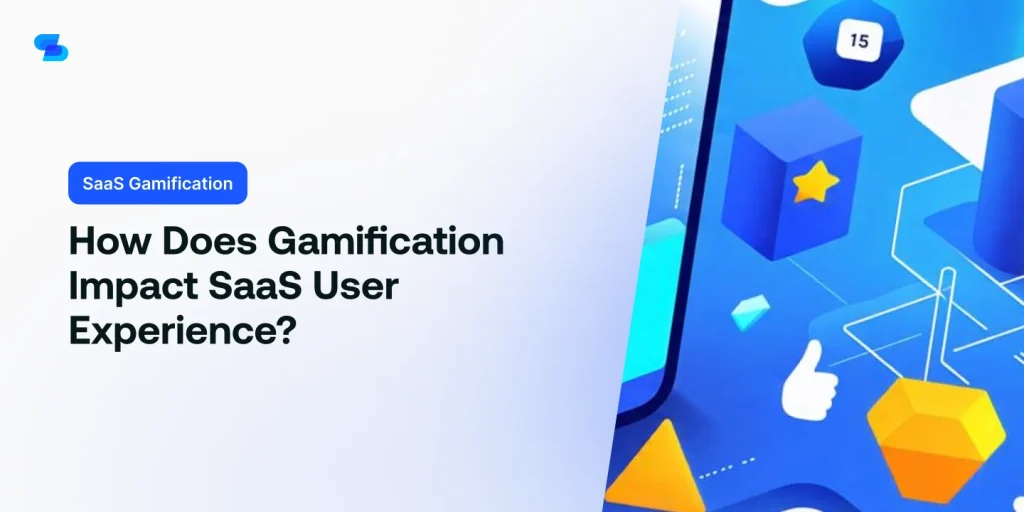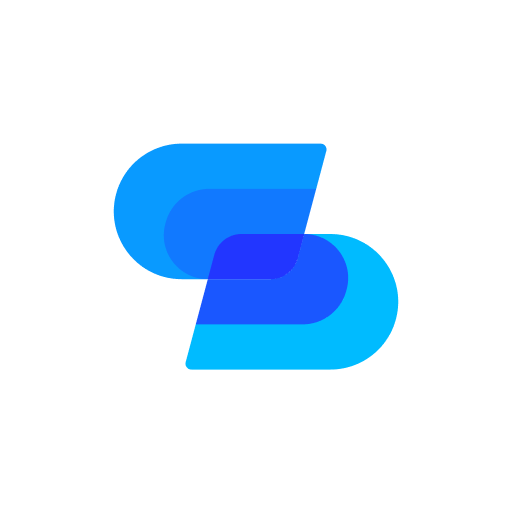When you consider implementing gamification in your SaaS product, you’re tapping into powerful psychological drivers that can transform the user experience. By incorporating game-like elements, you’ll not only make your platform more engaging but also boost user motivation and satisfaction. From streamlined onboarding to increased feature adoption, gamification techniques offer tangible benefits that can greatly impact your bottom line. However, it’s essential to approach this strategy thoughtfully, as poorly executed gamification can backfire. To truly harness the potential of gamification in SaaS, you’ll need to understand its intricacies and best practices. So, what are the key components that make gamification effective?
The Psychology Behind Gamification
Why does gamification wield such powerful influence over user behavior in SaaS applications? At its core, gamification taps into fundamental psychological principles that drive human motivation and engagement. It leverages the brain’s reward system, triggering the release of dopamine when users accomplish tasks or achieve goals. This neurochemical response creates a sense of pleasure and reinforces desired behaviors.
You’ll find that gamification often employs the principle of operant conditioning, where positive reinforcement encourages continued engagement. Points, badges, and leaderboards serve as external motivators, satisfying our innate need for achievement and social recognition. The concept of progress loops, where users can see their advancement, taps into our desire for mastery and self-improvement.
Gamification also harnesses the power of social proof and competition. When you see others succeeding or climbing ranks, it motivates you to participate and excel. The fear of missing out (FOMO) can be a powerful driver, compelling users to stay active and engaged.
Enhancing User Onboarding
You can greatly improve your SaaS user onboarding through gamification techniques.
Implement interactive tutorials and walkthroughs to guide users through key features.
Use progress bars and checklists to visualize advancement, and offer rewards for completing essential tasks.
These strategies will increase user engagement, reduce churn, and accelerate the time to value for your customers.
Interactive Tutorials and Walkthroughs
Interactive tutorials and walkthroughs serve as powerful tools for enhancing user onboarding in SaaS platforms, considerably reducing the learning curve and improving initial engagement. By implementing these gamified elements, you’ll guide new users through your product’s key features and functionalities in an interactive, step-by-step manner. This approach can increase feature adoption by up to 70% and reduce support tickets by 50%.
To create effective tutorials, focus on bite-sized lessons that users can complete in 2-3 minutes. Incorporate progress bars, achievement badges, and small rewards to maintain motivation. Use tooltips and overlays to highlight specific UI elements, ensuring users can easily follow along. Consider implementing a ‘learn by doing’ approach, where users complete actual tasks within your platform as part of the tutorial.
Personalize walkthroughs based on user roles or preferences to increase relevance and engagement. Utilize AI-driven algorithms to adapt the tutorial content in real-time based on user behavior and learning pace. Remember to offer an option to skip or revisit tutorials, catering to different learning styles and experience levels.
Progress Bars and Checklists
Building upon the concept of interactive tutorials, progress bars and checklists offer a powerful visual representation of a user’s journey through your SaaS platform, boosting engagement and completion rates by up to 40%.
These gamification elements tap into users’ psychological need for achievement and completion, driving them to finish tasks and explore your platform more thoroughly.
Implement progress bars to show users how far they’ve come in their onboarding process or in completing specific tasks. This creates a sense of momentum and encourages them to continue. Studies show that users are 28% more likely to complete a process when they can visually track their progress.
Checklists serve as clear roadmaps for users, breaking down complex processes into manageable steps. They provide a sense of accomplishment as users tick off completed tasks. Research indicates that checklists can improve task completion rates by 32% and reduce user errors by 18%.
To maximize effectiveness, personalize progress bars and checklists based on user roles or goals. Update them in real-time and celebrate milestones with micro-rewards or encouraging messages.
Rewards for Completing Tasks
To further amplify user engagement and motivation, implementing a reward system for task completion can boost onboarding success rates by up to 60% while fostering a sense of achievement and progress. By offering tangible incentives for completing specific actions, you’re tapping into users’ intrinsic desire for recognition and accomplishment.
Consider incorporating a tiered reward structure that aligns with your product’s features and user journey. Start with small, easily attainable rewards for initial tasks, such as account setup or profile completion. As users progress, increase the value and complexity of rewards to maintain engagement. These can include exclusive content, feature releases, or even real-world perks like discounts or merchandise.
Track user behavior and adjust your reward system accordingly. Analyze which rewards drive the most engagement and iterate on your strategy. Remember, the goal is to encourage users to explore and adopt key features of your SaaS product.
Be transparent about how users can earn rewards and provide clear instructions on redeeming them. This clarity will help maintain user trust and motivation throughout the onboarding process, ultimately leading to higher retention rates and increased product adoption.
Driving Feature Adoption
Gamification techniques can greatly boost feature adoption rates in SaaS platforms, encouraging users to explore and utilize a wider range of tools within the software. By incorporating game-like elements, you can guide users through new features and functionalities in an engaging manner. Progress bars and checklists can visually represent a user’s journey through the platform, motivating them to complete all steps and fully embrace the software.
Introducing challenges or quests related to specific features can pique users’ curiosity and drive them to experiment with tools they might otherwise overlook. For example, you could create a ‘Power User Challenge’ that requires utilizing advanced features to complete tasks. Leaderboards can foster healthy competition among users, incentivizing them to master new features to climb the ranks.
Personalized onboarding sequences, powered by gamification, can adapt to each user’s role and preferences, introducing relevant features at the right time. This targeted approach guarantees users discover tools that are most valuable to them.
Boosting User Engagement
In light of the growing competition in the SaaS market, you’ll find that leveraging gamification techniques can greatly boost user engagement, keeping customers actively involved with your platform. By implementing game-like elements, you’re tapping into users’ intrinsic motivations, encouraging them to interact more frequently and meaningfully with your software.
To boost engagement, consider incorporating progress bars, achievement badges, and leaderboards. These visual cues provide instant feedback and a sense of accomplishment, driving users to complete tasks and explore features more thoroughly. Implement a points system that rewards consistent usage and specific actions, incentivizing regular logins and feature utilization.
You can also create challenges or missions that guide users through your platform’s capabilities, turning the learning process into an engaging adventure. Personalized notifications and reminders, when used judiciously, can prompt users to return and continue their progress.
Remember to analyze user data to identify engagement patterns and adjust your gamification strategy accordingly. A/B testing different elements will help you optimize for maximum impact.
Improving User Retention
To improve user retention in your SaaS product, implement reward-based progress tracking that motivates users to achieve milestones and continue using your platform.
Incorporate social competition elements, such as leaderboards or team challenges, to foster a sense of community and encourage ongoing engagement.
Reward-Based Progress Tracking
Consistently implementing reward-based progress tracking can greatly boost user retention in SaaS platforms by tapping into users’ intrinsic motivation and desire for achievement. This approach leverages psychological principles to create a sense of accomplishment and progression, encouraging users to engage more deeply with your software.
To implement effective reward-based progress tracking, consider these strategies:
- Set clear, achievable milestones: Break down larger goals into smaller, manageable tasks that users can complete regularly.
- Provide visual feedback: Use progress bars, charts, or dashboards to illustrate user advancement.
- Offer tangible rewards: Grant badges, points, or virtual currency for reaching specific milestones.
- Implement a tiered system: Create levels or ranks that users can climb as they progress.
- Personalize rewards: Tailor incentives to individual user preferences and behaviors.
- Celebrate achievements: Send congratulatory messages or notifications when users reach significant milestones.
Social Competition Elements
While reward-based progress tracking focuses on individual achievements, incorporating social competition elements can amplify user engagement and retention by tapping into the human desire for social recognition and comparison.
You can implement leaderboards, team challenges, or peer-to-peer competitions to foster a sense of community and healthy rivalry among your SaaS users.
Consider integrating features like user rankings, public profiles, or achievement badges that showcase users’ progress and accomplishments. These elements create opportunities for users to benchmark their performance against others, motivating them to improve and stay active within your platform. Research shows that social competition can increase user engagement by up to 30%.
To maximize the impact of social competition, you should:
- Segment users based on skill levels or demographics to guarantee fair competition.
- Offer both short-term and long-term challenges to cater to different user preferences.
- Provide clear rules and transparent scoring systems to maintain trust.
Measuring Gamification Success
Measuring the success of gamification in SaaS platforms requires a multi-faceted approach that combines quantitative metrics with qualitative user feedback.
To effectively gauge your gamification strategy’s impact, you’ll need to track key performance indicators (KPIs) such as user engagement, retention rates, and task completion times. Monitor how often users interact with gamified elements, the duration of their sessions, and the frequency of their logins.
Analyze user progression through levels or achievements, noting any correlation with increased product usage or feature adoption. Measure the impact on customer loyalty by tracking Net Promoter Scores (NPS) and churn rates. Don’t overlook the importance of user surveys and feedback sessions to gather qualitative insights on the gamification experience.
Additionally, assess the impact on your business objectives. Track changes in conversion rates, upsells, and customer lifetime value. Use A/B testing to compare gamified and non-gamified user groups, ensuring you can attribute improvements directly to your gamification efforts.
Remember to set clear, measurable goals before implementing gamification, allowing you to benchmark your success against predetermined targets. By combining these quantitative and qualitative measures, you’ll gain an all-encompassing understanding of your gamification strategy’s effectiveness and areas for improvement.
Challenges in SaaS Gamification
Despite the potential benefits of gamification in SaaS platforms, you’ll encounter several challenges when implementing and maintaining these strategies effectively.
One primary hurdle is striking the right balance between engagement and distraction. Overly complex gamification elements can overwhelm users and detract from core functionality, while simplistic features may fail to captivate your audience.
You’ll also face the challenge of maintaining long-term user interest. Initially engaging gamification elements can lose their appeal over time, requiring continuous innovation and updates. This leads to another obstacle: resource allocation. Developing and maintaining gamified features demands significant time, budget, and expertise.
Data privacy concerns present another challenge. As you collect user behavior data for personalized gamification, you must navigate increasingly stringent privacy regulations. Additionally, you’ll need to address potential fairness issues, ensuring that gamification doesn’t inadvertently disadvantage certain user groups.
Lastly, measuring the ROI of gamification efforts can be complex. You’ll need to establish clear metrics and analytics frameworks to accurately assess the impact on user engagement, retention, and overall business goals.
To Wrap Up
You’ve seen how gamification can transform your SaaS user experience.
By tapping into psychological motivators, you’ll boost engagement, improve onboarding, and increase feature adoption.
Don’t forget to measure your success and address challenges along the way.
Implement progress bars, rewards, and social elements to keep users active and satisfied.
With these strategies, you’ll create a more enjoyable platform, foster loyalty, and ultimately drive better results for your SaaS business.

